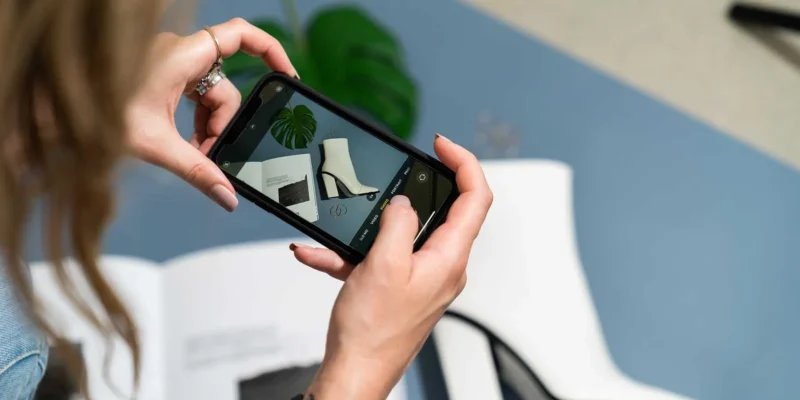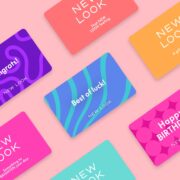In today’s fast-scrolling digital world, your product has about three seconds to grab someone’s attention—or risk being ignored. That’s why standout product photography is more important than ever. Whether you’re a startup launching your first line or an established brand refreshing your look, scroll-stopping product shots can make the difference between passive views and active engagement.
Beyond looking beautiful, effective product photography builds brand trust, enhances perceived value, and drives conversions. In this article, we’ll explore the essential components of captivating product photography and how to strategically craft images that not only stop the scroll—but inspire clicks, saves, and sales.
Know Your Brand First, Shoot Second
Before styling a single shot, get crystal clear on your brand identity. Your product images should reflect your visual voice—whether that’s bold and playful, clean and minimal, rustic and organic, or high-end and luxurious.
Ask yourself:
- What emotions should my product photos evoke?
- Who am I speaking to?
- How does my product solve a problem or improve life for my audience?
This brand clarity informs everything from lighting and background to props and angles. Consistency across your images builds visual recognition, helping customers instantly identify your brand in a crowded feed.
Design with the Platform in Mind
Not all product images are created for the same purpose. A hero image for your website homepage has different needs than a carousel on Instagram or an Amazon listing thumbnail.
Tailor your photography for each channel:
- Social media: Emphasize lifestyle, storytelling, and bold compositions.
- E-commerce: Prioritize clean, high-resolution images with white or neutral backgrounds.
- Email and print: Highlight key features with close-ups and styled sets.
- Ads: Use strong contrast and dynamic layouts to grab attention instantly.
Understanding the destination of your content helps you craft visuals that not only look great—but also perform.
Composition That Captivates
The right composition can guide the eye, enhance clarity, and create visual interest. A few proven techniques to keep in your toolkit:
- Rule of thirds: Position your product off-center for a more dynamic layout.
- Leading lines: Use props or shadows to draw attention to key features.
- Negative space: Give your product room to breathe, especially in layouts where text will be added later.
- Symmetry: Create balance for a polished, high-end aesthetic.
Each composition choice should align with your message—whether it’s bold and disruptive or serene and elegant.
Lighting That Sells
Lighting sets the mood and reveals detail, texture, and shape. For product shots, lighting should be intentional, flattering, and on-brand.
- Natural light: Perfect for brands that lean organic, soft, and approachable.
- Studio lighting: Offers control and consistency, ideal for commercial or polished looks.
- Backlighting: Creates a dramatic silhouette or adds glow to transparent products.
- Side lighting: Emphasizes depth and texture, great for items like textiles or packaging.
Light modifiers, such as softboxes or diffusers, help control harsh shadows and bring out product details. Reflectors can be used to bounce light and eliminate dark spots, especially in flat lays or lifestyle scenes.
Show the Product in Context
Today’s customers don’t just want to see a product—they want to imagine it in their lives. That’s why contextual and lifestyle images perform so well. They build emotional connection and help customers envision themselves using your product.
Examples include:
- A ceramic mug placed on a cozy breakfast table
- A backpack styled with travel gear by a cityscape
- Skincare products arranged on a bathroom counter mid-routine
Props, models, and background elements should all feel natural and cohesive with your brand story. Avoid clutter and make sure your product remains the hero of the shot.
Focus on Details That Matter
Don’t underestimate the power of close-ups. Show texture, materials, stitching, or product features that are hard to appreciate from a distance. This builds customer trust, especially for high-end or tactile items like clothing, tech, or hand-crafted goods.
Capture multiple angles to give a full picture. Consider 360-degree product views or motion graphics for digital platforms to further enhance interactivity and consumer confidence.
Use Color Strategically
Color is one of the fastest ways to communicate mood and attract attention. Your background, props, and editing style should all support your product’s color palette without overshadowing it.
- Use complementary colors to create contrast and highlight the product.
- Opt for monochromatic palettes for a clean, cohesive feel.
- Play with color blocking to add energy and structure.
And remember—editing is part of your brand aesthetic too. Whether you lean toward muted tones, vibrant saturation, or moody shadows, keep your color grading consistent across campaigns.
Infuse Creative Thinking
Creativity is what turns a product photo from ordinary into share-worthy. This could mean experimenting with motion, reflection, unexpected props, or surreal concepts that play on scale or theme.
Some brands take this a step further at experiential events, incorporating brand-themed installations or interactive setups—like photo booth rental Sacramento—to showcase products in an imaginative, immersive way. These moments create buzz and give attendees (and future customers) a memorable visual experience that bridges photography, branding, and interactivity.
Conclusion
Product photography is more than a visual checklist—it’s an opportunity to tell your brand’s story with clarity, style, and impact. By crafting scroll-stopping shots that speak to your audience, highlight your product’s strengths, and reflect your brand identity, you create content that doesn’t just capture attention—it builds trust, inspires engagement, and drives results. In a saturated marketplace, great product photography is no longer optional—it’s your visual handshake, your first impression, and your most persuasive sales tool.












Comments